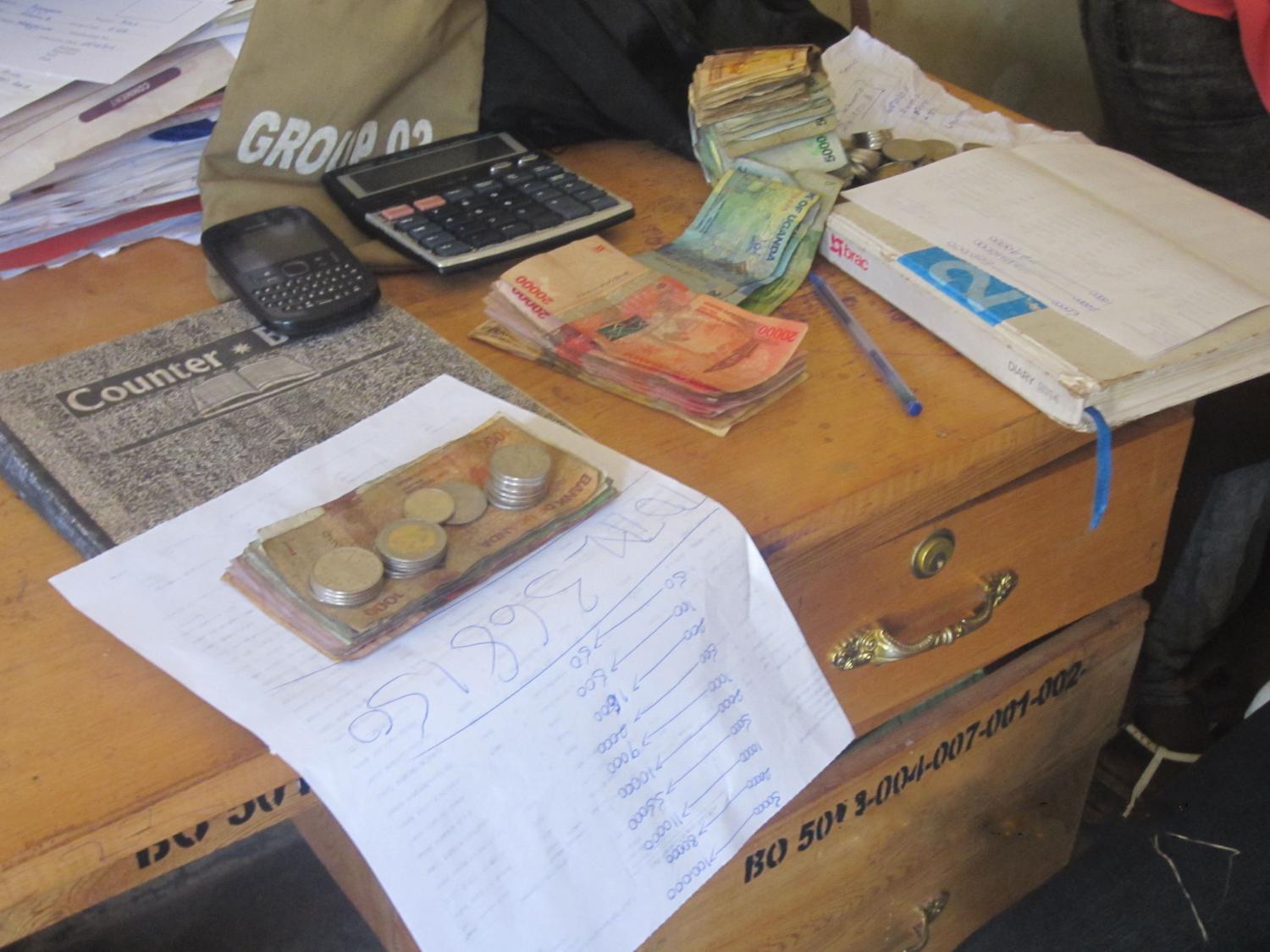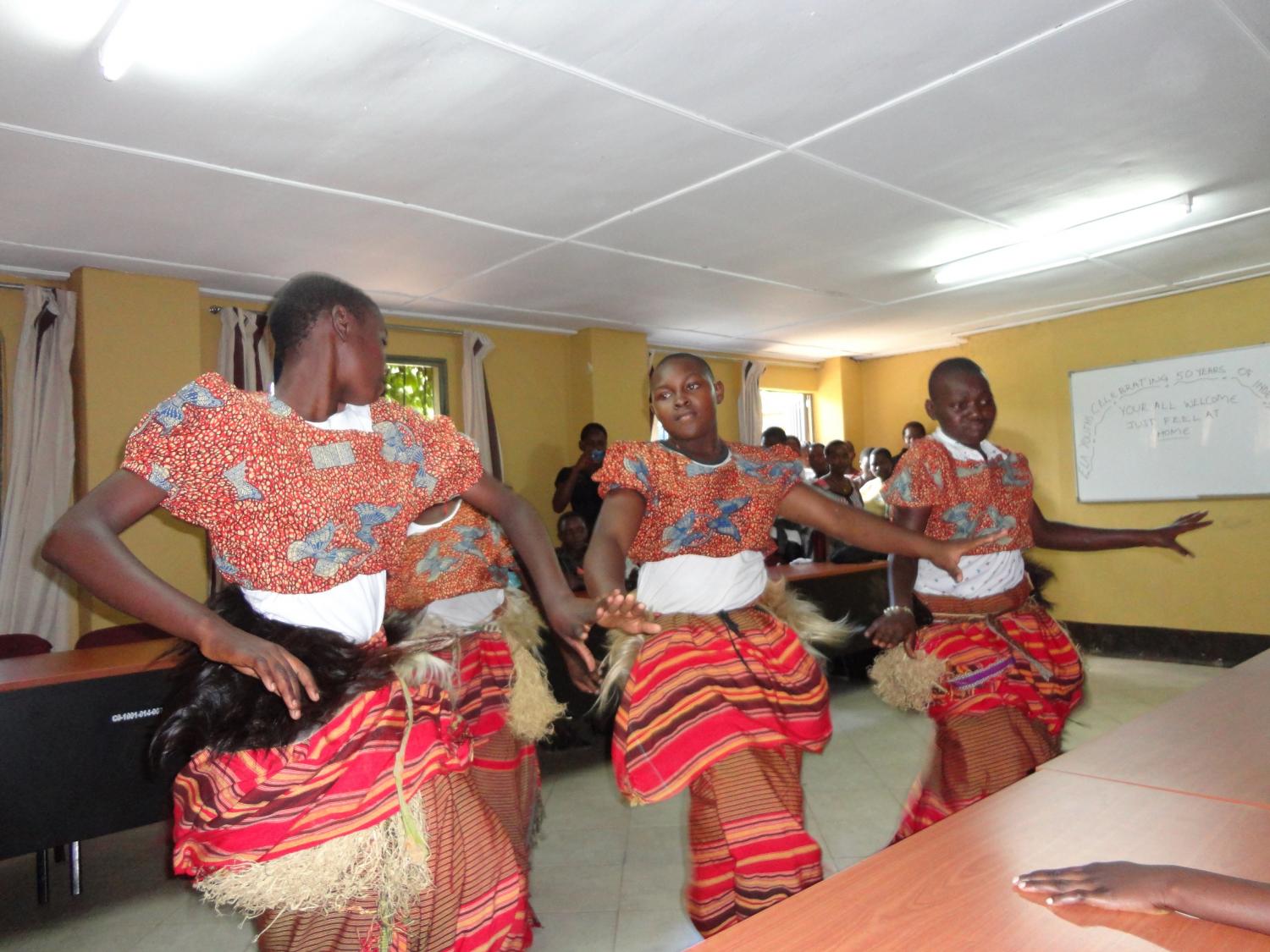
When I use the word “microfinance,” or talk about Kiva, people tend to picture entrepreneurs in far off destinations, using small loans to invest in their businesses. And while it may be true that cash lent for seeds, goats or rickshaw repairs in less developed countries is the essence of microloans, there’s more. Dollars lent drive social and environmental change, too.
For starters, entrepreneurs are not the only ones who benefit from “microloans.” Many of Kiva’s field partners also create jobs, promote conservation efforts, or develop clean energy. COCAFAL, and APTN, for example, demonstrate that lending can impact global sustainability efforts.
 Mission for solar panels. Image courtesy of Naypong at FreeDigitalPhotos.net
Mission for solar panels. Image courtesy of Naypong at FreeDigitalPhotos.netIt’s also important to acknowledge the numerous programs, sometimes called “wraparound services,” that many traditional field partners offer alongside Kiva loans. Guidance, a place to store money, access to money when it is needed, and training on related topics such as bookkeeping or dowry, are examples of tools that borrowers might need for success.
 Pictured here is cash disbursement which takes place from a rural BRAC office. .
Pictured here is cash disbursement which takes place from a rural BRAC office. .Any number of things can determine what programs are offered including a partner’s size, budget, location, mission statement, or expertise. At BRAC Uganda, for example, a relatively large and established institution, there are designated departments for health, agriculture, SEP (small enterprise program), and ELA (Empowerment and livelihood for adolescents). BRAC takes a “holistic” approach with the view that any problem or success in one of these areas can impact one’s livelihood.
 Ugandan youth participating in vocational training
Ugandan youth participating in vocational trainingI’m a bit biased working alongside the staff in BRAC Uganda’s headquarters office, but one of my favorite programs is the aforementioned Empowerment and Livelihood for Adolescents (ELA) program. It is exciting to witness the dedication and effort that goes into breaking the poverty cycle in the next generation of young Ugandan men and women. The ELA group offers structure and community for teens through its programs designed to educate and promote self-esteem.
 ELA dancers performing
ELA dancers performingI was impressed by young women, similar to those pictured above, who performed for staff at a BRAC celebration. Through ELA, they’ve learned music and dance, and now have opportunities to perform throughout the country. Some may not benefit individually from microloans, but are recipients just the same.
PREVIOUS ARTICLE
Links We Like: Sounds like innovation →NEXT ARTICLE
A Little Lunch Goes a Long Way →













